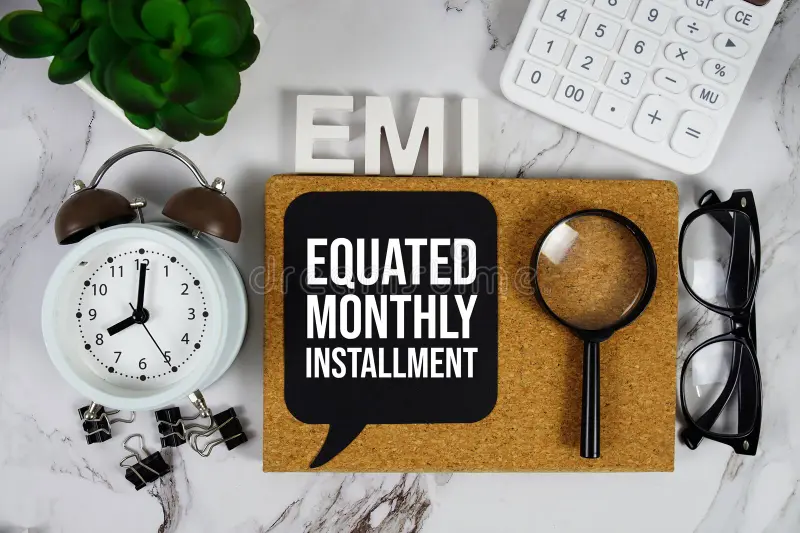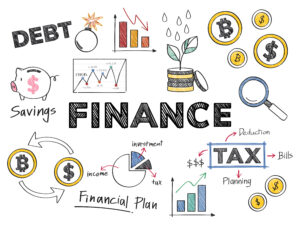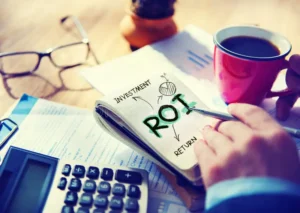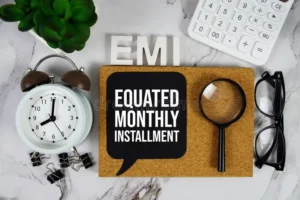Green Loans: Financing Solar Panels, EVs, and Eco-Friendly Projects
A Smarter Way to Finance Sustainability
The world is rapidly moving toward renewable energy, sustainable living, and climate-friendly projects. Yet, one big question often stands in the way: How do you pay for it all? Solar panels, electric vehicles (EVs), and energy-efficient upgrades can be expensive.
That’s where green loans come in. These special financing solutions make it easier for individuals and businesses to invest in eco-friendly projects without breaking the bank.
In this guide, you’ll learn what green loans are, how they work, the benefits, and whether they’re the right choice for your sustainable journey.
What Are Green Loans?
A green loan is a type of financing specifically designed to fund environmentally beneficial projects. Unlike traditional personal loans, they come with:
- Lower interest rates
- Flexible repayment options
- Access to eco-incentives or government subsidies
Common uses for green loans include:
- Solar panels and renewable energy systems
- Electric vehicles (EVs) and charging stations
- Energy-efficient home improvements
- Eco-friendly business projects
👉 According to the OECD, sustainable finance is one of the fastest-growing sectors in the global economy.
Why Choose a Green Loan?
1. Affordable Path to Sustainability
Eco-projects like solar energy or EVs save money long-term, but upfront costs can be intimidating. Green loans spread out those payments, making the transition easier.
2. Lower Interest Rates
Many lenders offer discounted rates for eco-projects, making them cheaper than standard loans.
3. Government Incentives
In countries like the US, UK, Australia, and EU nations, tax credits, rebates, and grants can be combined with green loans for maximum savings.
4. Positive Environmental Impact
By financing through green loans, you’re reducing your carbon footprint and supporting the global shift toward clean energy.
Green Loans for Solar Panels
Installing solar panels is one of the most popular uses for green loans.
Why solar panels?
- Reduce or even eliminate electricity bills
- Increase property value
- Lower dependence on fossil fuels
Green loans cover the upfront cost, while the savings on electricity often help repay the loan. In fact, most homeowners see a return on investment within 5–7 years. Green loans help you save on energy costs, just like these simple money-saving tips.
👉 For example, the U.S. Department of Energy estimates that households switching to solar save thousands of dollars over the system’s lifetime.

Green Loans for Electric Vehicles (EVs)
Electric vehicles are the future of transportation—but they’re still pricey compared to traditional cars. Green loans make EV ownership more accessible.
Benefits of EV financing through green loans:
- Lower running costs (no gas, less maintenance)
- Possible government rebates (like the U.S. federal EV tax credit)
- Eco-friendly travel with reduced emissions
Some banks even offer EV-specific loan products with better rates than standard auto loans. Financing eco-projects is easier when you practice smart money habits.
Green Loans for Energy-Efficient Home Upgrades
Green loans aren’t just for solar or cars. They can also fund home improvements such as:
- High-efficiency windows and insulation
- Smart thermostats and energy-efficient appliances
- Water-saving systems
- Green roofs and sustainable landscaping
These upgrades can significantly lower utility bills and make your home more comfortable while boosting resale value.
Business Uses of Green Loans
Companies are also turning to green loans to:
- Install renewable energy systems
- Reduce emissions in production and logistics
- Upgrade to eco-friendly packaging
- Improve energy efficiency in buildings
Sustainable businesses often attract investors, government support, and eco-conscious customers.
How to Qualify for a Green Loan
Requirements are similar to standard loans, but with a sustainability twist:
- A clear plan or invoice for the eco-project
- Proof that the purchase is environmentally beneficial
- Standard credit and income checks
Some lenders may require certification or verification that the financed project meets green finance criteria. For better understanding you can read our Ultimate Guide to Loan free for limited time.
Alternatives to Green Loans
If you’re not eligible or prefer other financing, consider:
- Government grants and rebates
- Personal loans (less favorable rates but flexible)
- Home equity loans or HELOCs for major home projects
- Leasing programs (popular with solar companies and EV dealerships)
Pros and Cons of Green Loans
Pros:
✔ Lower interest rates than traditional loans
✔ Support renewable and sustainable projects
✔ Combine with government incentives
✔ Reduce long-term costs (energy, fuel, maintenance)
Cons:
✘ Limited use (only for eco-projects)
✘ Availability varies by country/lender
✘ Verification may slow down approval

Also Read: Student Loan Survival Guide: Repayment, Forgiveness, and Tips for Graduates
Tips to Get the Best Green Loan Deal
- Shop around lenders: Compare banks, credit unions, and online lenders.
- Check partnerships: Some EV makers and solar companies partner with lenders for discounts.
- Combine incentives: Maximize savings by pairing loans with government tax credits or rebates.
- Focus on ROI: Choose projects that save you the most money in the long run.
The Future of Green Financing
With the global push toward net-zero emissions, demand for green financing will continue to grow. More lenders are entering the space, and future borrowers can expect better rates, easier approvals, and expanded options for eco-projects.
Conclusion: Is a Green Loan Right for You?
If you’re planning to install solar panels, buy an EV, or upgrade your home for energy efficiency, a green loan can make the process easier and more affordable. It’s not just a financial tool—it’s a way to invest in your future while protecting the planet.
Whether you’re a homeowner, a business owner, or simply someone who wants to live more sustainably, green loans provide the financial bridge between eco-ambitions and reality.













1 comment